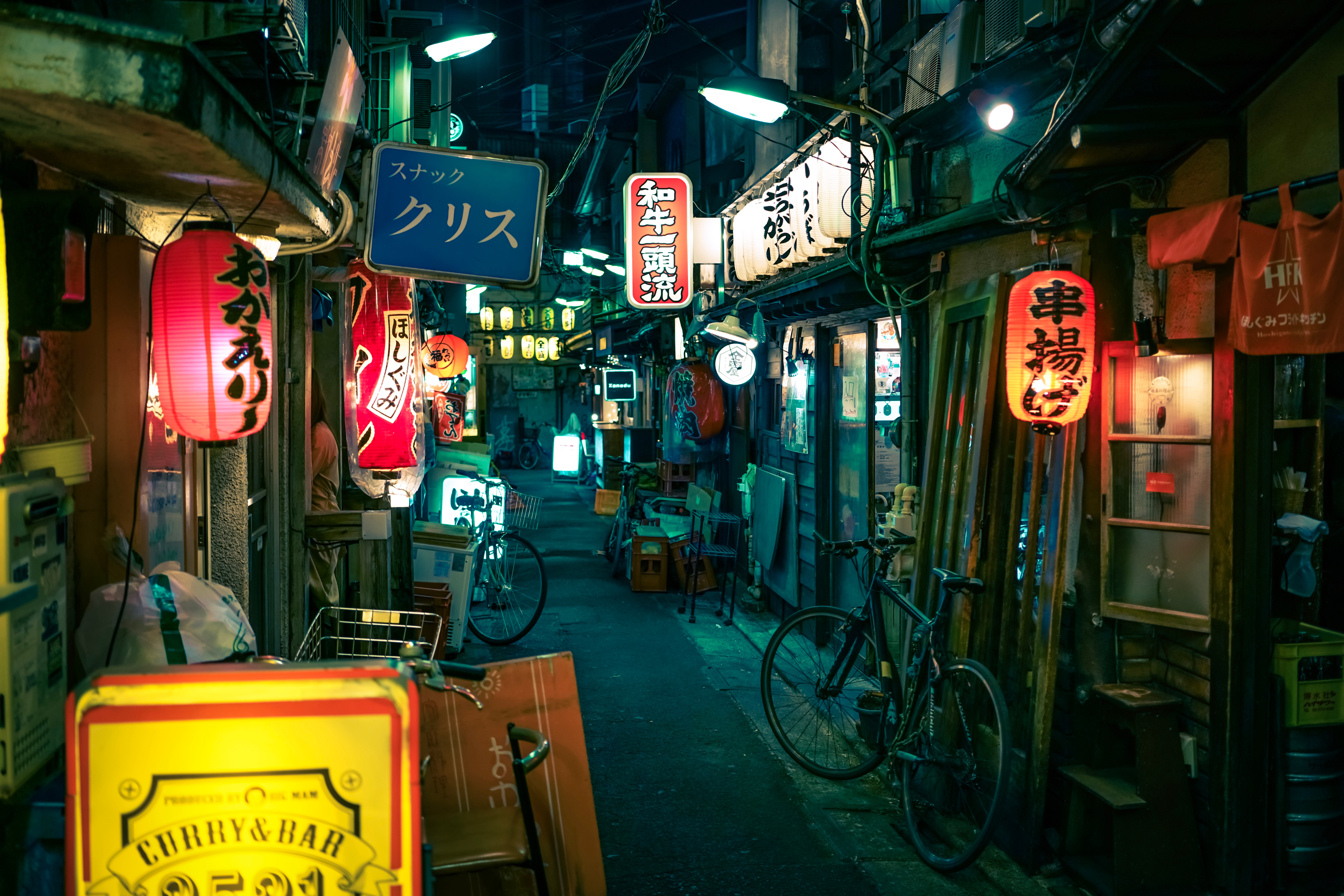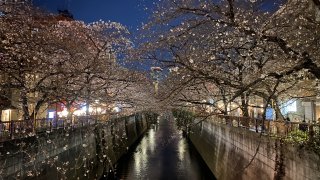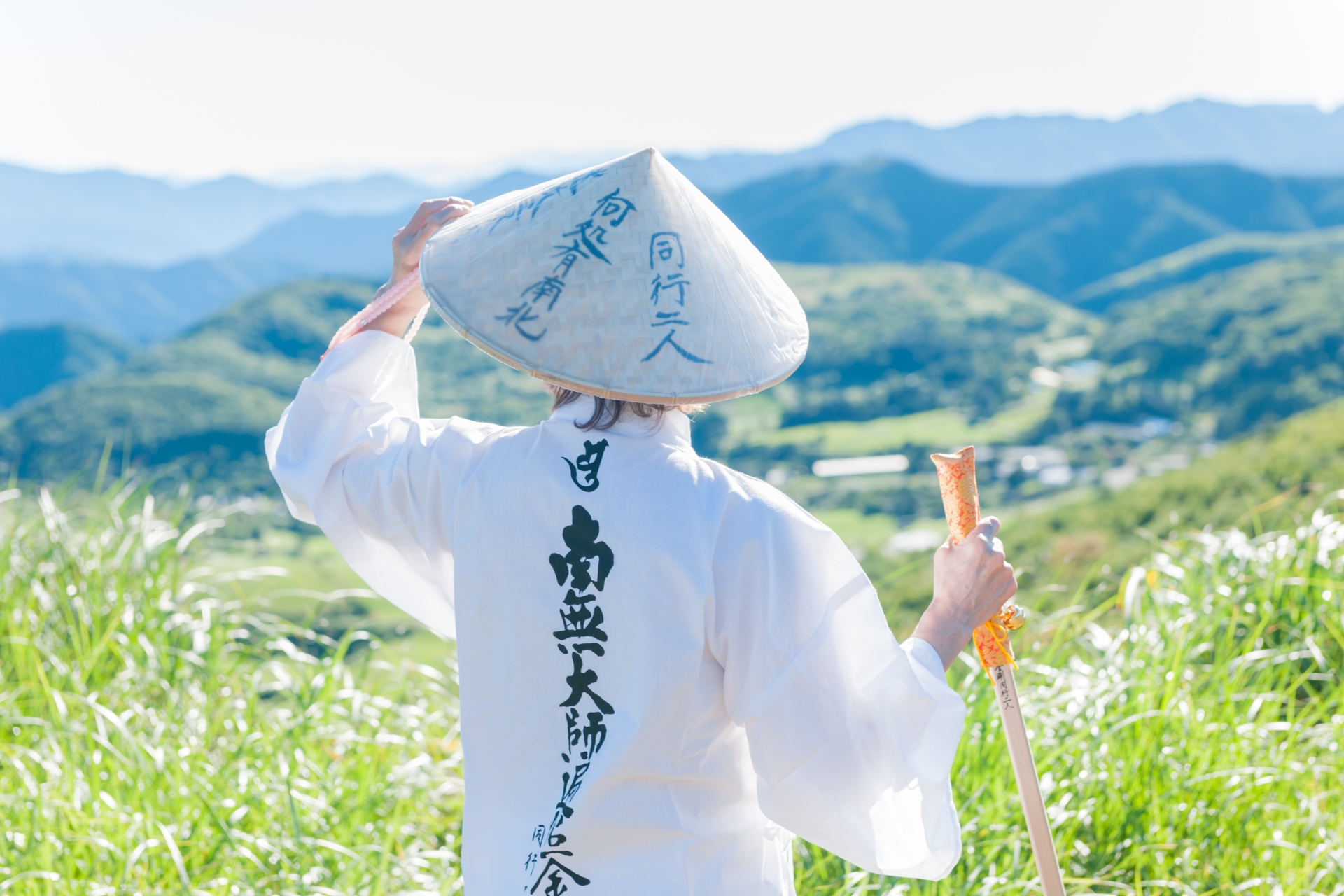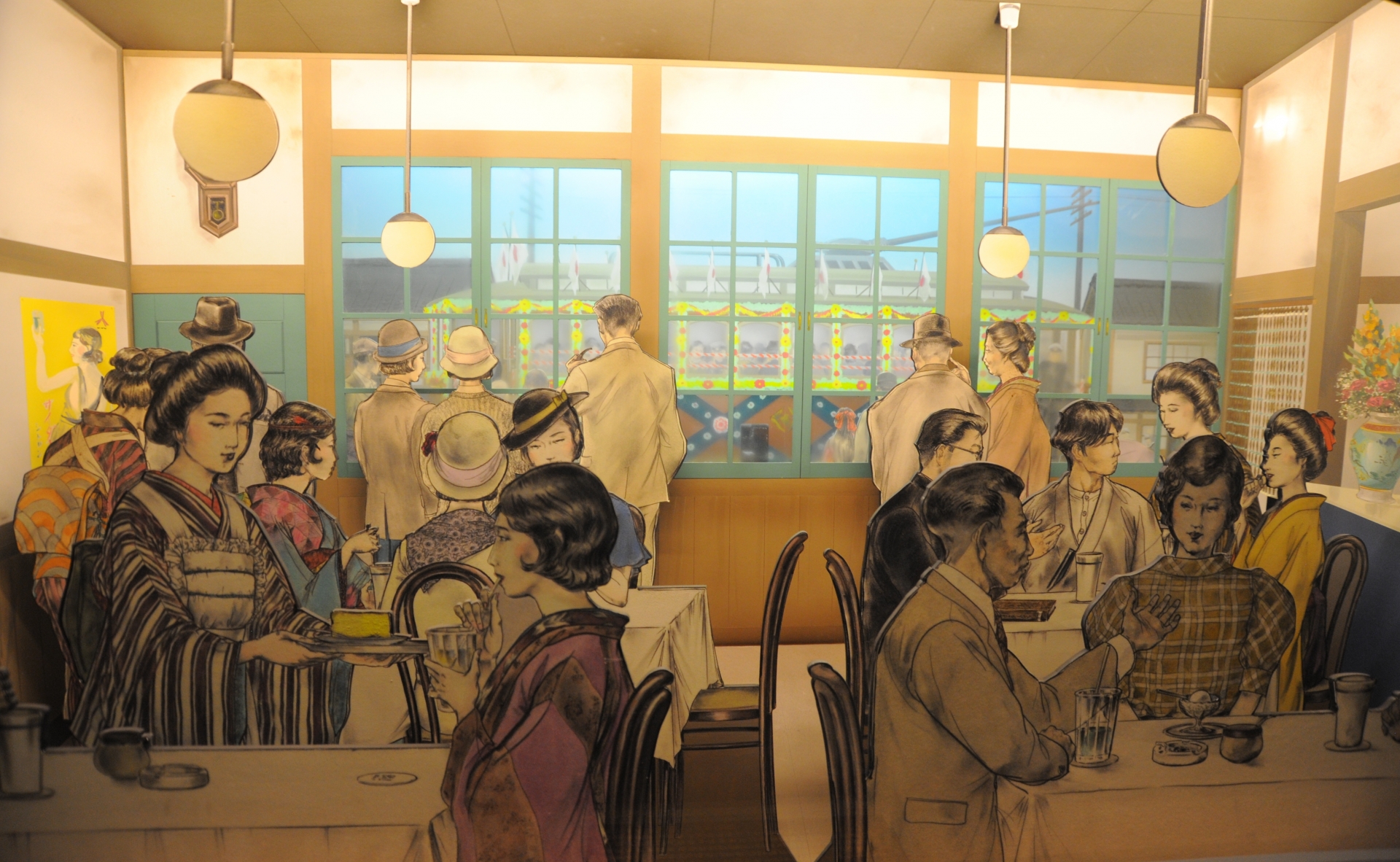Setagaya-ku (世田谷区), one of Tokyo’s 23 wards, is a popular district in south west Tokyo, a stone’s throw away from the famous Shibuya area. Setagaya is home to many trendy neighborhoods like Shimokitazawa and Sangenjaya, popular with young people and home to many trendy coffee shops, cute book stores, and student pubs. It’s close proximity to central Tokyo, many green spaces, cute shops and surprising Mount Fuji views make the city a popular place to live for locals and a great place to spend a day for tourists. Setagaya isn’t a regular tourist hotspot, but there is plenty to see and do and one of the best places to stay when you want to escape the hustle and bustle of central Tokyo and experience a different side of Tokyo. The atmosphere of urban Setagaya is much more relaxed and down to earth than Tokyo’s Shinjuku or Roppongi. Rent a (electric) bicycle and set out for a day of exploration in western Tokyo. Here’s some fun things to do in Setagaya!
- 1. Shimokitazawa
- 2. Sangenjaya
- 3. Gotokuji Temple
- 4. Todoroki Valley
- 5. Carrot Tower
- 6. Setagaya Park
- 7. Futako Tamagawa
- 8. Komazawa Olympic Park
- 9. Shoin Shrine
- 10. Setagaya Boroichi
- Grace these Trendy Areas with Even More Style: Stroll in a Kimono!
- Recommended Tour in This Area
- Other Articles you Might Enjoy:
1. Shimokitazawa
Shimokitazawa is a popular neighbourhood, a short train ride from Shibuya, known for its many stylish shops that sell vintage clothing and hip interior goods, trendy coffee shops, and lively bars. There are many craft shops and pubs that frequently host live performances and workshops. Go treasure hunting at New York Joe, one of the many unique thrift shops of Shimokitazawa, located in a renovated bathhouse. Get cultural and watch some Indie movies in Shimokitazawa Tollywood or get some delicious traditional rice crackers at Tamaiya Honten. Get your caffeine shot at one of the many hipster coffee shops like Bear Pond Espresso or Ballon d’Essai. The hip cultural quarter of Shimokitazawa is popular with young people, both Japanese and foreigners alike. Walk around the narrow streets of the hip and trendy area and discover some of the hidden spots Shimokitazawa has to offer!
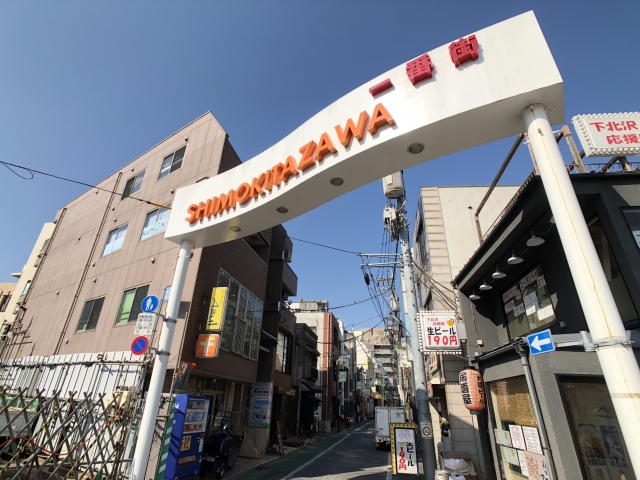
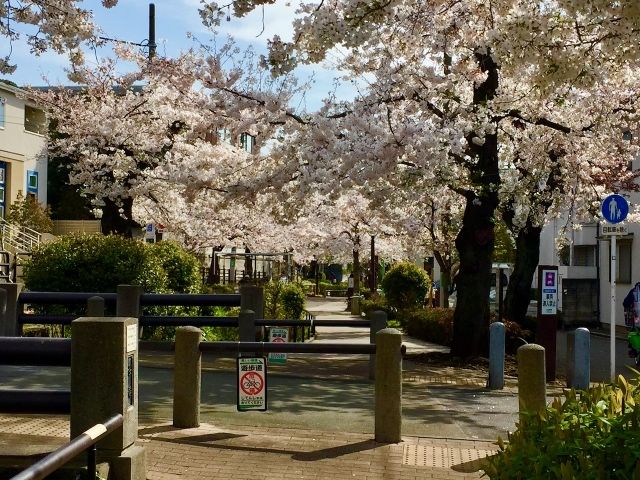
2. Sangenjaya
Sangenjaya, known as Sancha to locals, is an area with a relaxed vibe, popular amongst the hipsters of Tokyo, yet it manages to maintain a traditional atmosphere. Sangenjaya is translated as three teahouses, named after the three tea houses (Shigaraki, Kadoya, and Tanakaya), that were located here. During the Edo Period, Sancha was THE area for eating and drinking and it still is nowadays. The narrow streets of Sangenjaya are dotted with many fashionable cafes and local eateries like Gyoza Shack and Garyu. Sangenjaya is a compact area that is great for exploring on foot, but giving your feet a rest and instead riding the cute Setagaya Line, one of only two streetcars in Tokyo, is a fun thing to do too. Don’t forget to look up or you might just miss the giant King Kong looming over the Family Mart. Sangenjaya is full of little-known places for tourists and locals to visit. Make sure to explore the area around the station, like so many other station areas in Tokyo, you can find a number of izakaya in this district called Sankaku Chitai. The area has a vibe similar to Shinjuku’s Golden Gai, just a little more local and laidback.
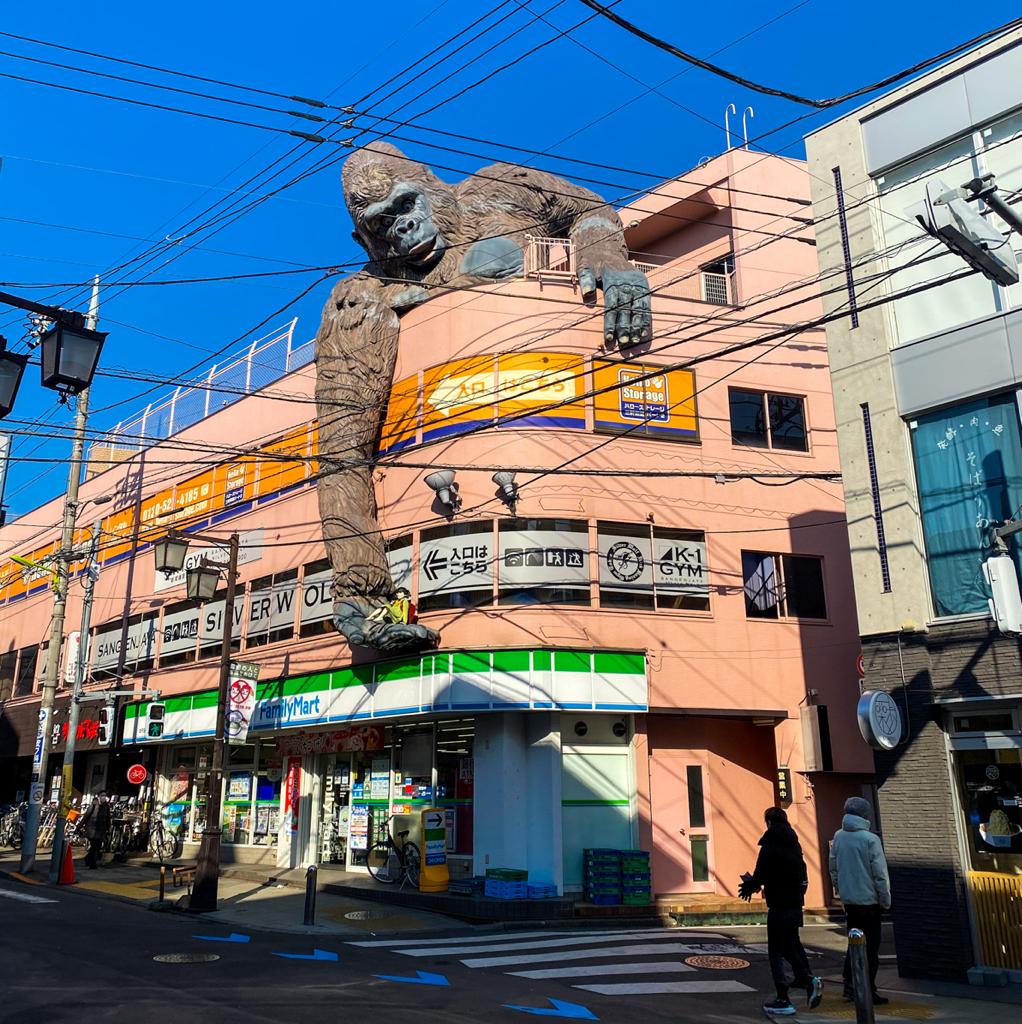
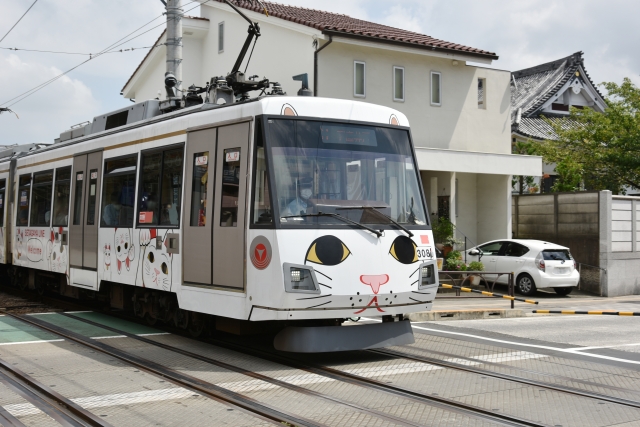
3. Gotokuji Temple
Board the Setagaya Line and get off at Miyanosaka Station to visit the Gotokuji Temple, famous as the birthplace of the maneki-neko, or lucky cats. The Buddhist temple has a large collection of beckoning cat statues of all sizes, which is increasing on a daily basis, as visitors put new maneki-neko figures every day.
The legend of the lucky cat temple states that somewhere in the early 17th century, Ii Naotaka (a feudal lord in the Edo Period) was saved from a heavy thunderstorm by a cat who invited him into this temple. To show his gratitude to the cat, Ii Naotaka decided to enshrine maneki neko here as they are believed to bring luck.
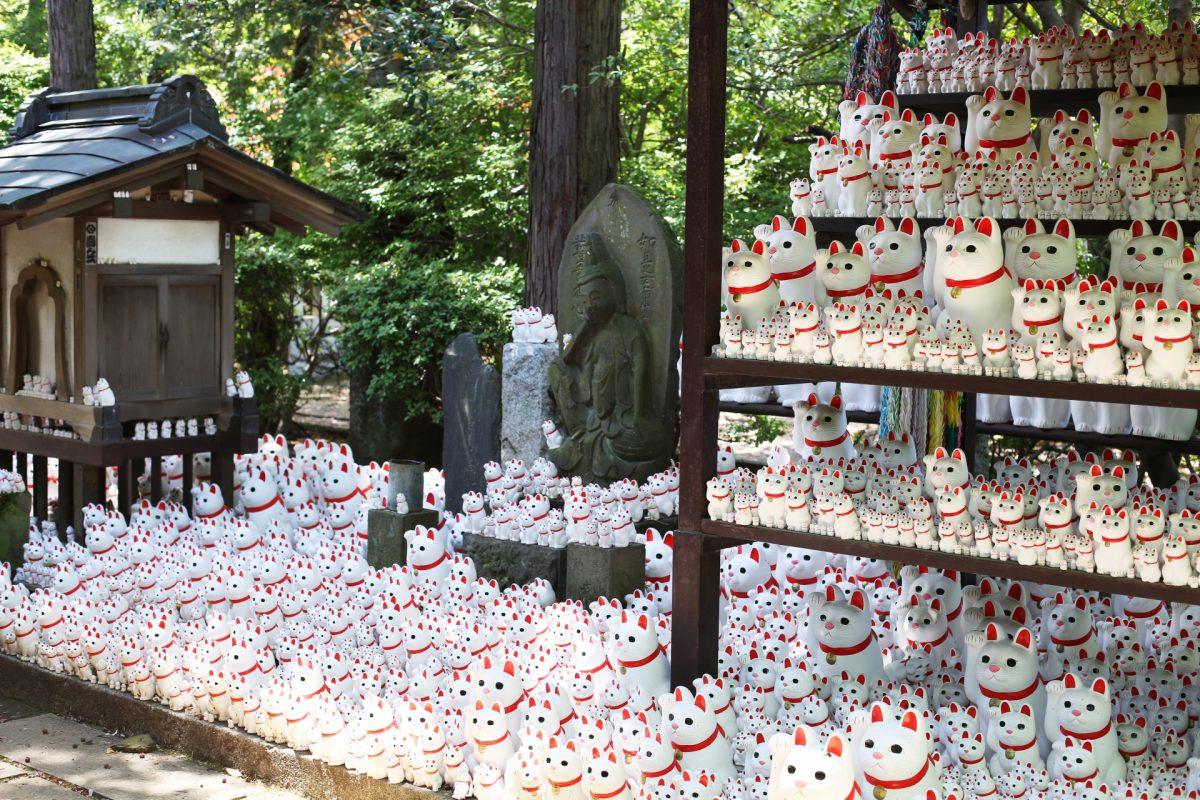
There are two different kinds of maneki-neko, raising either their right or left paws. It is said that the right paw welcomes money and the left welcomes people. The maneki-neko of Gotokuji Temple raises its right-paw, meaning they grant wishes for wealth and prosperity. If you want to see as many lucky cats as possible, you should visit between January and February. During this time, many people visit the temple to bring their offer and ask for their wishes to come true.
4. Todoroki Valley
Todoroki Valley, one of the many green spaces in Setagaya, will make you believe that you are in a completely different place. The beautiful stretch of 1.2 km long offers a refreshing experience, especially in the hot, humid summer days. With bamboo trees, secret shrines and the rippling water of the narrow Yazawa River, Todoroki Valley is one of the best places to visit some nature in Tokyo. At the other end of the valley stands Todoroki Fudo, an atmospheric temple known as a sakura spot in spring. There is a Japanese garden to see and also there is a small cafe, Setsugekka, that serves delicious sweets and green tea.
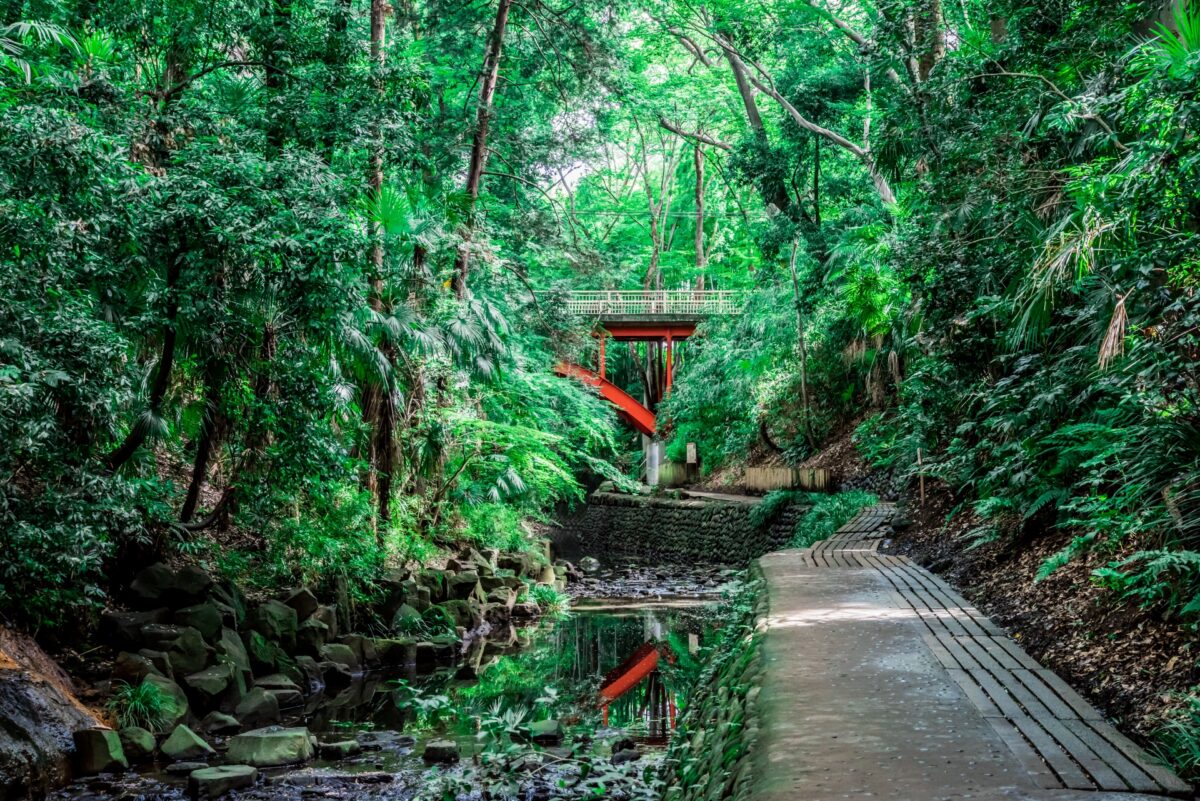
5. Carrot Tower
The Carrot Tower (キャロットタワー) in Sangenjaya is a commercial building with an observation deck on the 26th floor, completed in 1996. It is the tallest building in Sangenjaya so you can enjoy an unblocked view of Tokyo’s skyline and when the weather is good you can see Yokohama’s landmarks, and Mount Fuji. The best part of it all is that the admission to the observation deck of the Carrot Tower is completely free!
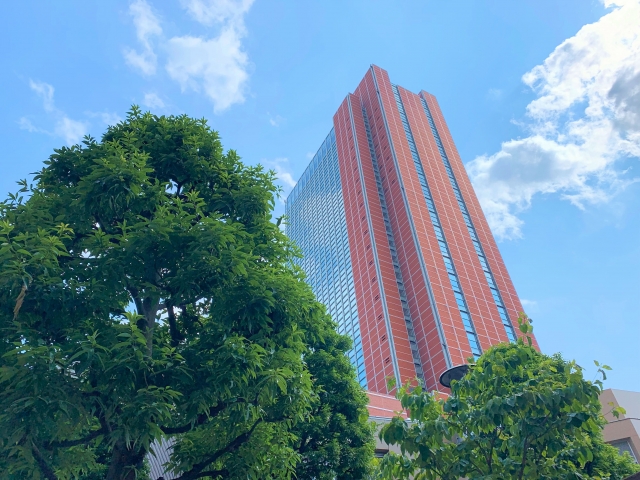
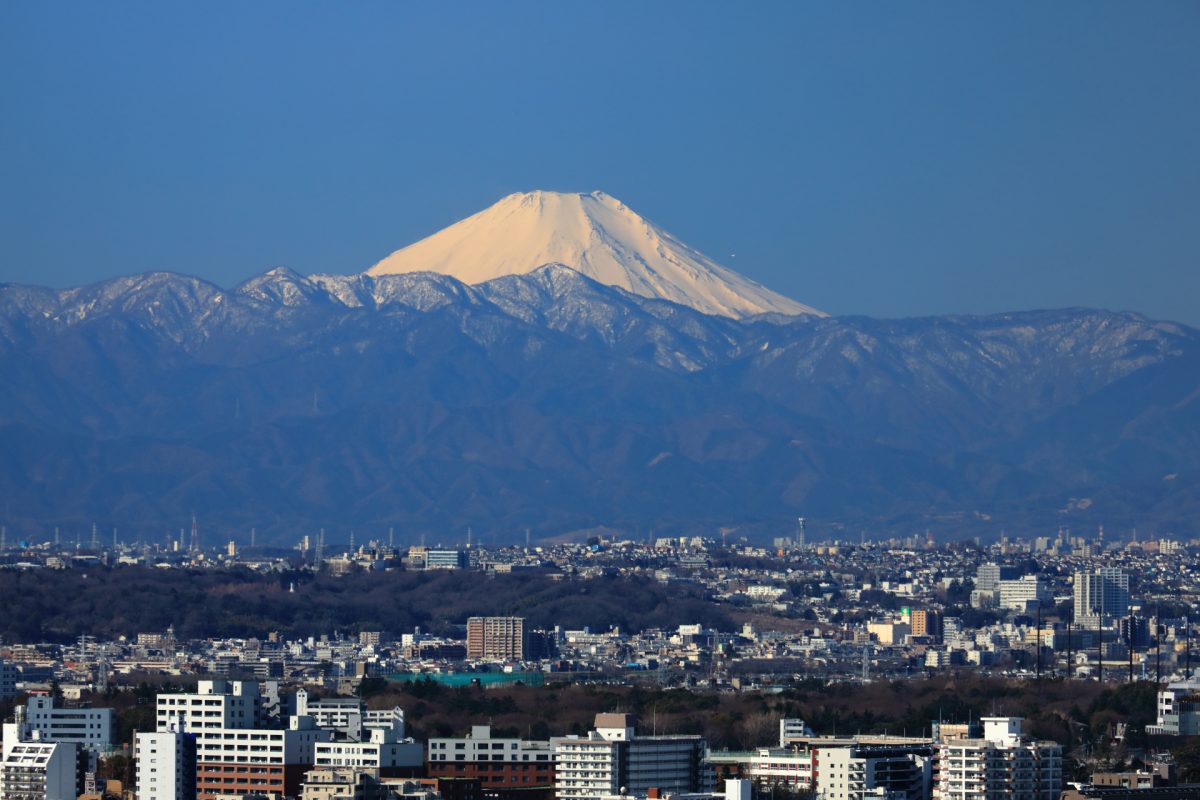
6. Setagaya Park
Setagaya Park is a park of some 78,000 square meters, beautiful in all seasons. Locals love to go to the park to take a walk, have a picnic or play some sports in the green environment. In spring, you can enjoy the cherry blossoms and in autumn, the park turns into a sea of golden Ginkgo trees. A mini steam train runs through the park with a 3-minute-loop, on several days a week. Children can board the mini locomotive for ¥50. In the Traffic Park, children can learn about traffic rules and safety and ‘drive’ a car. Near the south-west side of the park, Granny Smith Pie sells delicious apple pies, great for a picnic in the park.
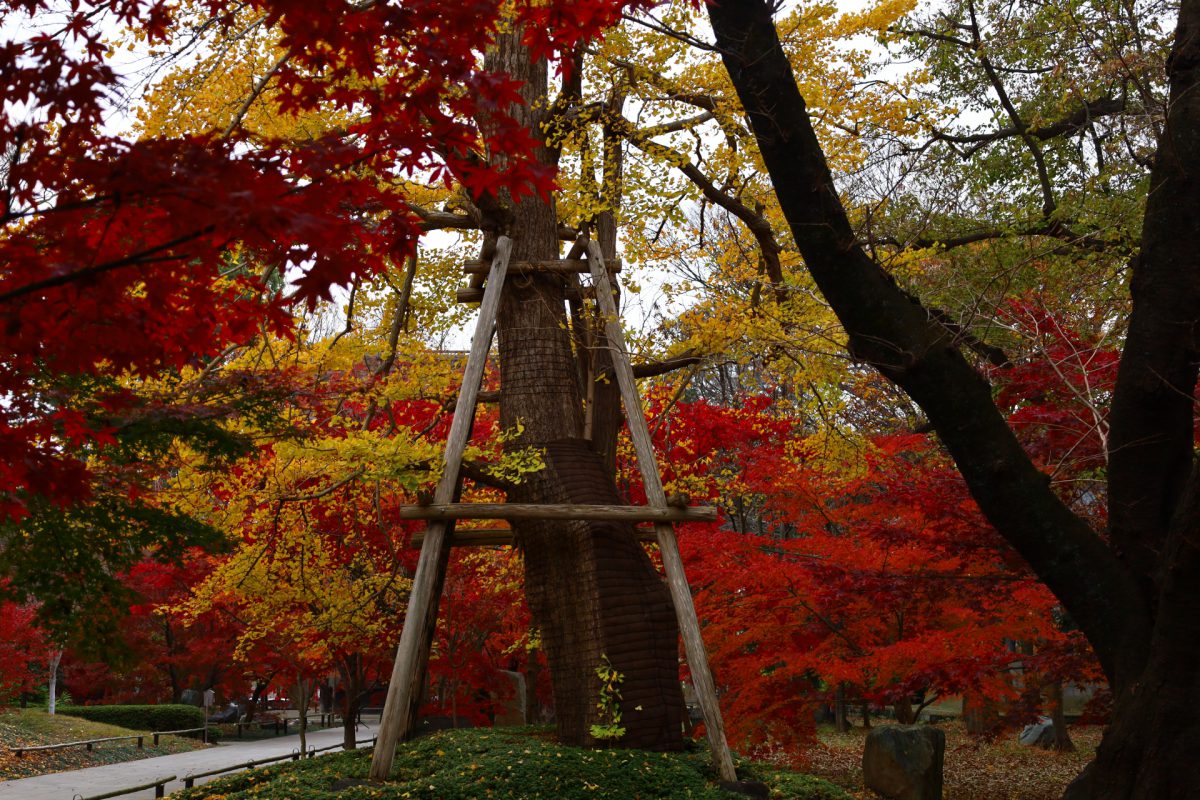
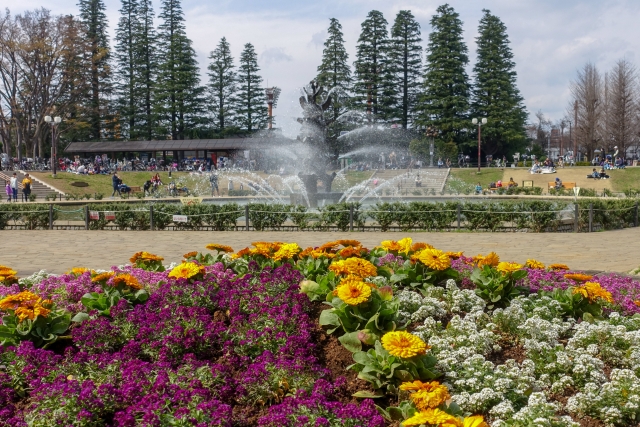
7. Futako Tamagawa
In the south of Sangenjaya, Futako Tamagawa is an upscale neighbourhood near the river banks of the Tama River and a popular place to live. Futako Tamagawa is home to some giant, modern shopping malls like Takashimaya, but the area surrounding Futako Tamagawa Station also offers some authentic experiences at local shops and restaurants. Futakotamagawa Park is a spacious riverside park, great for picnics, long strolls and cycling. You can also find a beautiful Japanese garden in the park as well as a children’s playground. In October, hundreds of thousands of people flock to the Tama River to watch the beautiful fireworks of the Tama River Fireworks Festival.
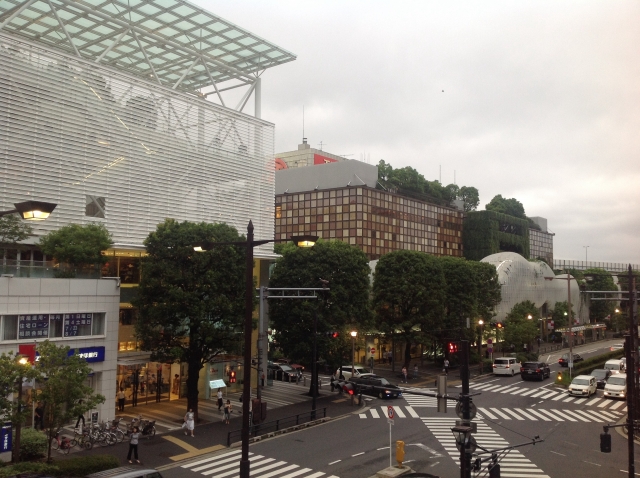
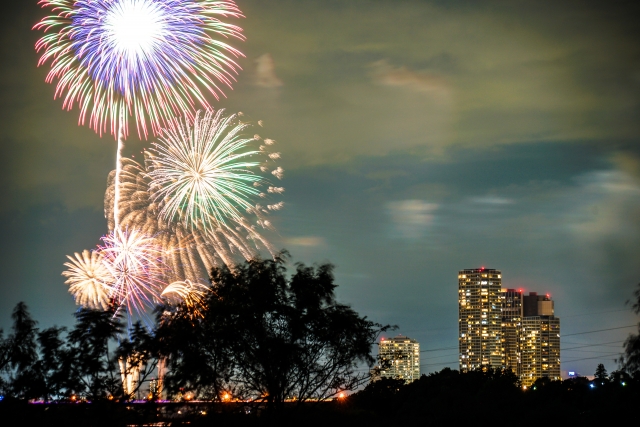
8. Komazawa Olympic Park
Komazawa Stadium was used as the second stadium for the Olympic Games of 1964 and is now still in use for other sport events. The park around the stadium is a place popular for all sports-lovers, with several running and cycling courses freely accessible. In and around the park you will find many coffee shops and restaurants like Mr. Farmer and the Komazawa Park Cafe, where you can enjoy some food and drinks. Occasionally some events like flea markets are held in the park as well.
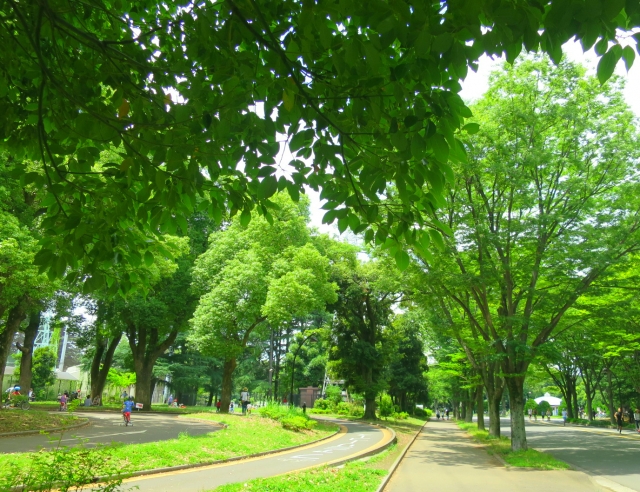
9. Shoin Shrine
Shoin Shrine is a small but beautiful shrine dedicated to Shoin Yoshida, an activist during the Edo period who openly challenged the shogunate. The samurai supported enlightenment and adoption of Western ways and restoring the power of the emperor. He was sentenced to death at age 30, but left a strong legacy behind. If you want to learn more about the history and culture of Japan, this place is worth a visit! In spring, the sakura trees on the shrine grounds create a beautiful scene. The approach to the shrine, Shoin Jinja Dori Shotengai, is an historic shopping street lined with many shops and cafes, try some amazake cappuccino at the Setagaya Engawa cafe or freshly baked snacks at Nikorasu Seiyodo Bakery, a shop that was opened in 1912!
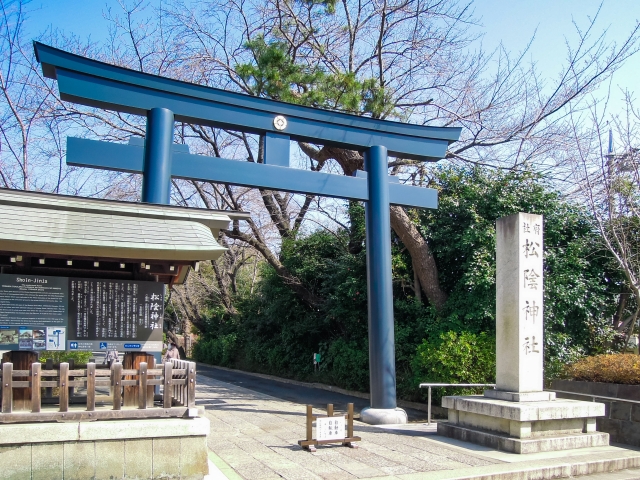
10. Setagaya Boroichi
Setagaya Boroichi is a huge flea market that has been held since 1572. More than 700 vendors sell all kinds of goods including food, antiques, crafts, etc. to the approximately 200,000 visitors that make their way to Setagaya’s Boroichi Dori. The event is organised twice a year; on December 15 & 16 and January 15 & 16 and is a great place to score some great Japanese souvenirs at bargain prices.
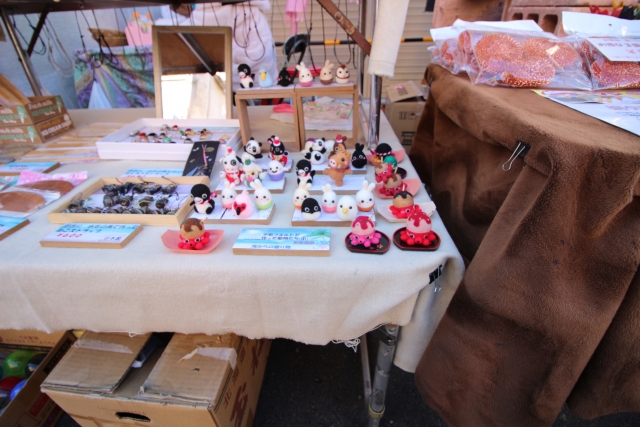
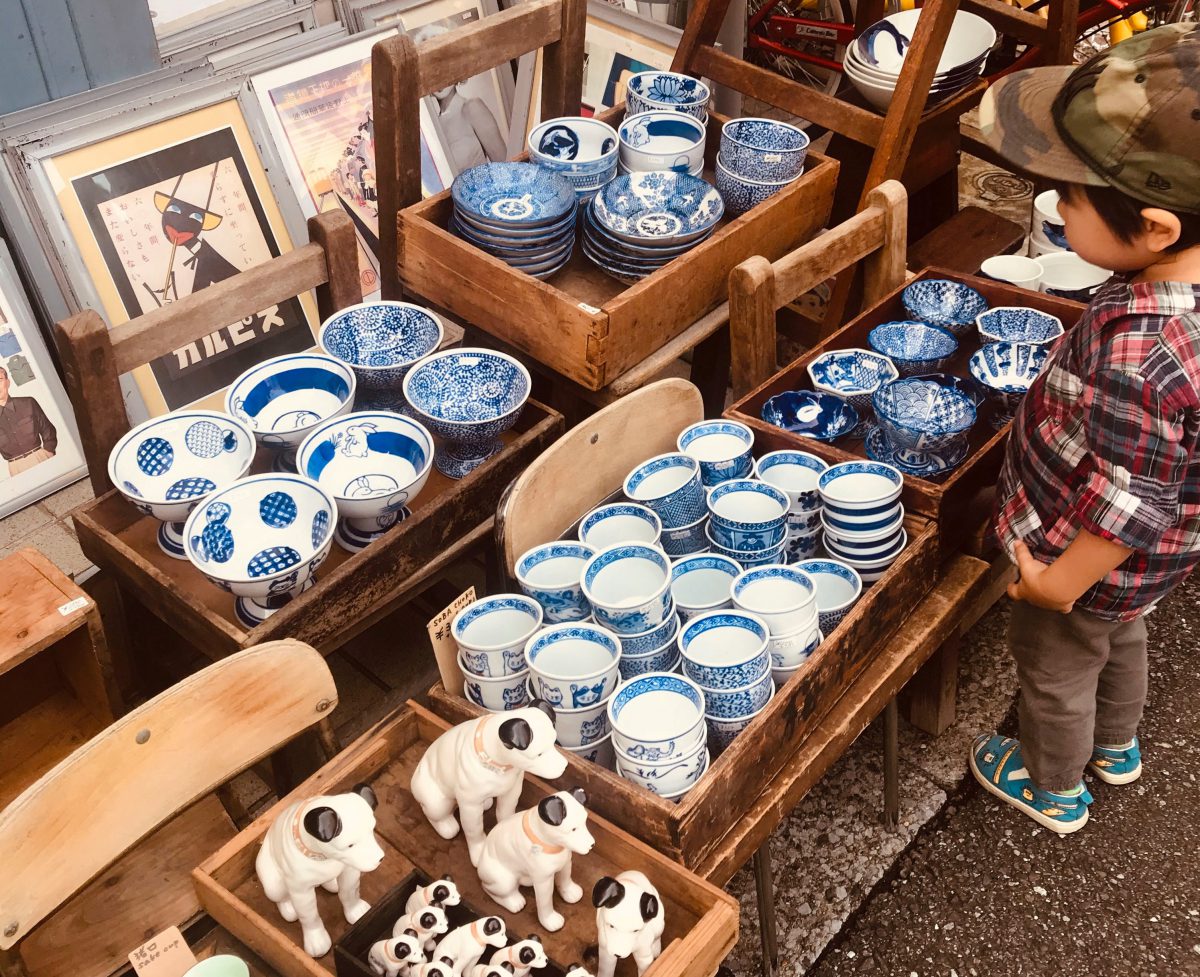
Sangenjaya is a great area to visit when you are looking for an authentic experience. The close proximity to central Tokyo, many green spaces and parks, numerous shops selling all kinds of things, stylish cafe’s, trendy boutiques are just some of the reasons the south west side of Tokyo should be on your travel list. Go thrift-shopping in Shimokitazawa, relax at the riverbanks of the Tama river and discover the buzzing izakaya & nightlife scene of Sankaku Chitai.
Grace these Trendy Areas with Even More Style: Stroll in a Kimono!
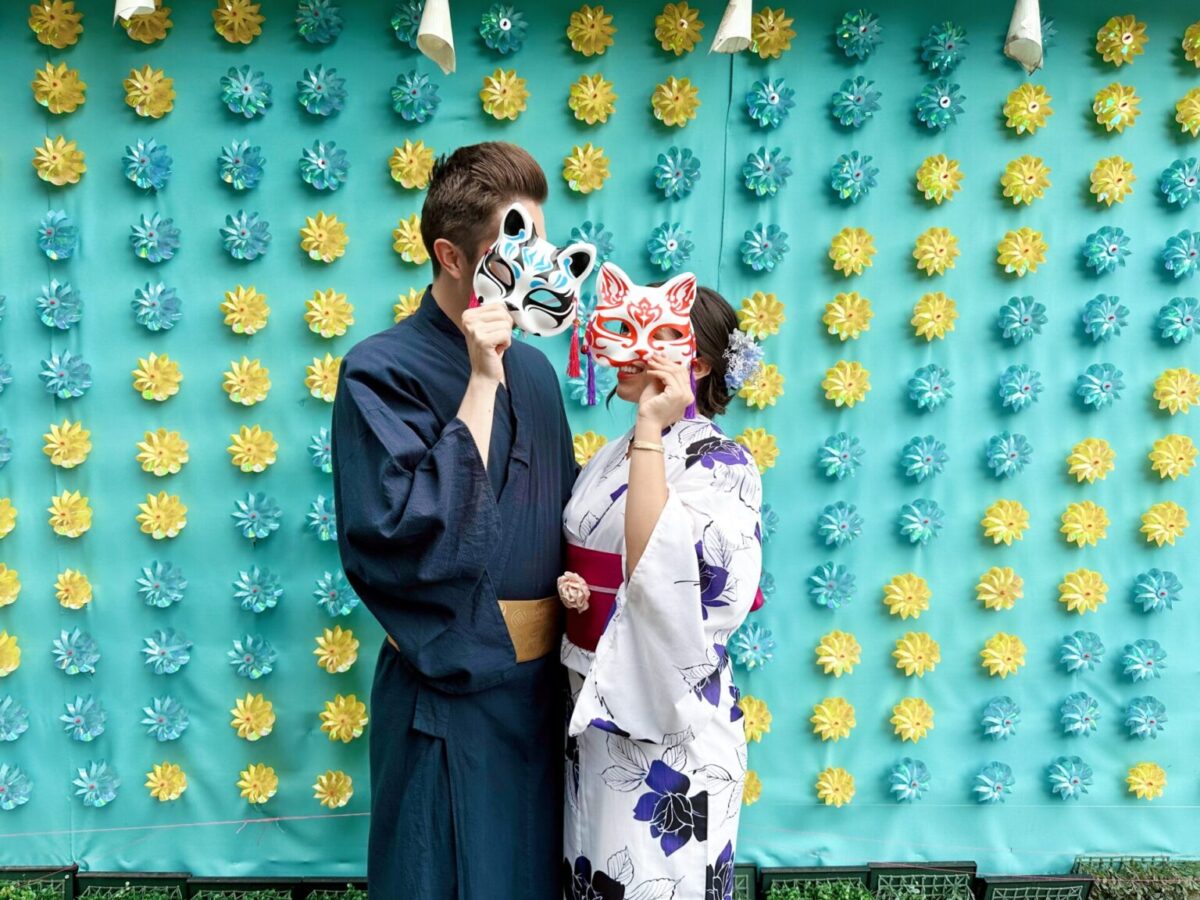
Take the level of immersion up another level and wear some traditional Japanese attire while walking around! This experience goes hand in hand with plenty of things around Japan, especially enjoying the scenes of trendy areas. Wargo, a reliable kimono rental company has got your back- check out their Tokyo locations:
Get dressed for the day at this store in Tokyo’s high-class luxury district!
Enjoy this area filled with memorable, iconic traditional sights and get suited up too!
Recommended Tour in This Area

Backstreet Tour in Tokyo with Amigo
This 8-hour tour takes you to the backstreets of Tokyo including Shibuya, Shimokitazawa, Gotokuji, and Sangenjaya. Discover the hidden gems and quirky spots that you can only find in the area!
Follow us on Instagram or Facebook for more travel inspiration. Or tag us to get featured!
Happy traveling!
